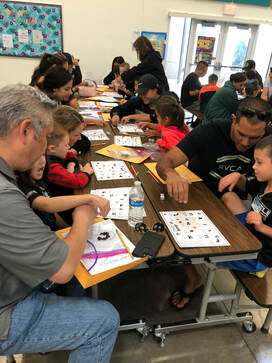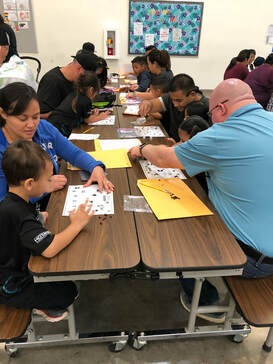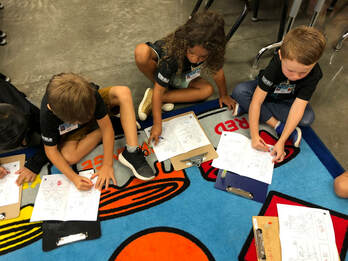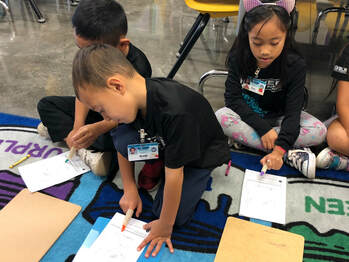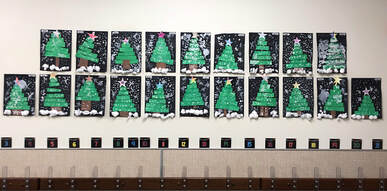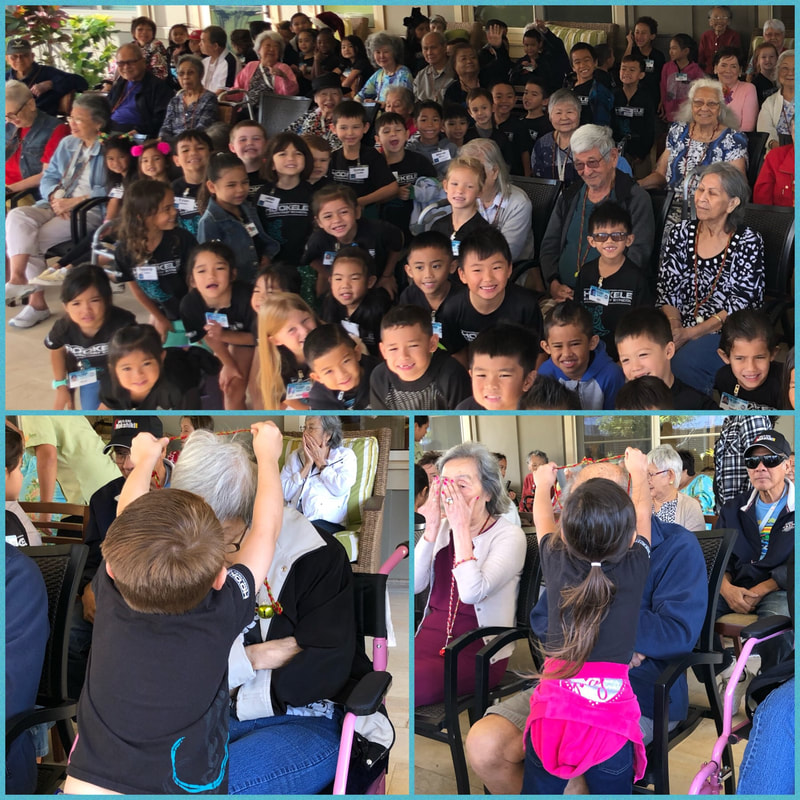QUARTER 2
Students parents participated in our Grade K's Parent Activity!
They participated in engaging, hands-on math activities to help learn our grade-level math standards.
They participated in engaging, hands-on math activities to help learn our grade-level math standards.
|
LANGUAGE ARTS:
|
MATH:
|
|
READING: LITERATURE
READING: INFORMATIONAL TEXT
READING: FOUNDATIONAL SKILLS
WRITING
SPEAKING AND LISTENING
In addition to making predictions and learning to crispy point when reading, we also started to practice "Marking the Text." We circled the beginning of the sentence because it helped to show where we start reading, underlined the punctuation because it helped to show where to stop reading, and boxed the high-frequency words that we learned that week.
|
COUNTING AND CARDINALITY
OPERATIONS AND ALGEBRAIC THINKING
MEASUREMENT AND DATA
While learning measurement, we practiced comparing lengths to create our winter trees!
|
